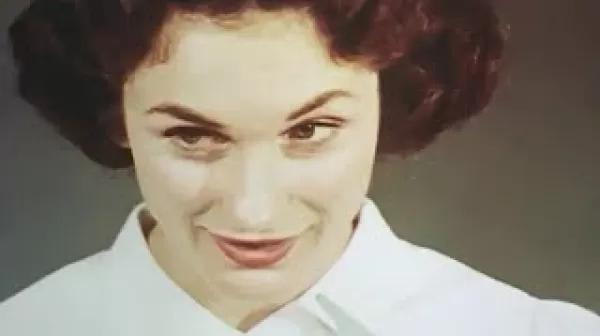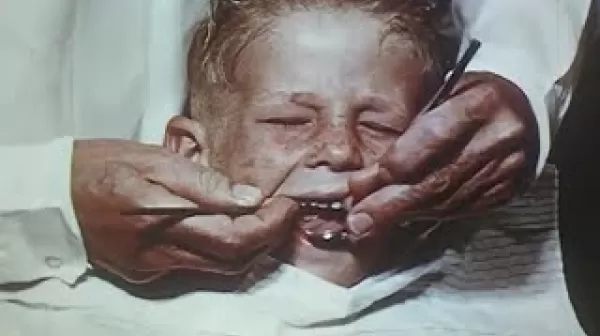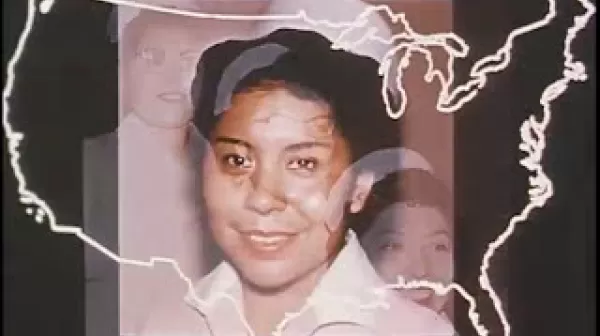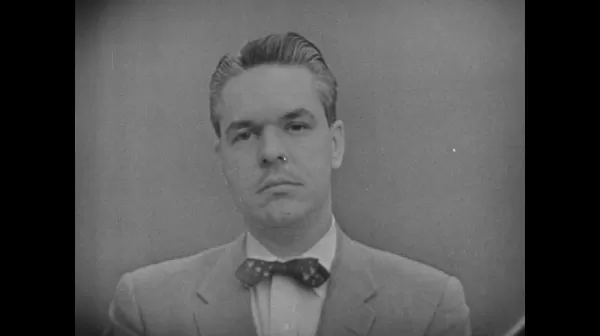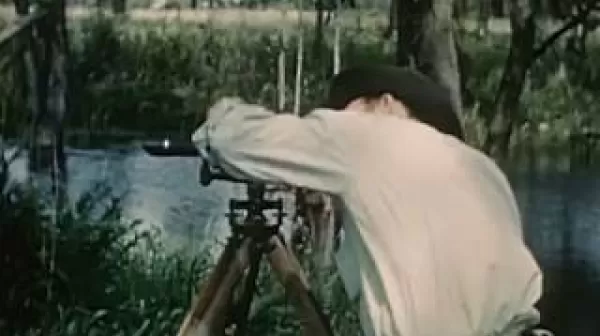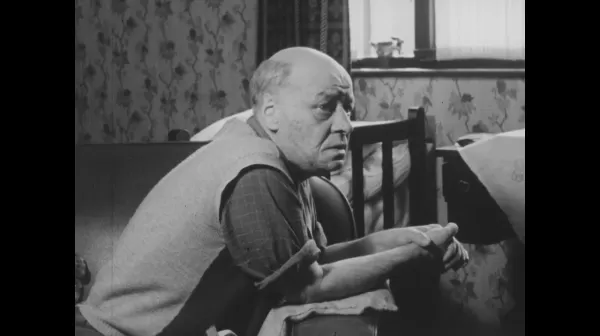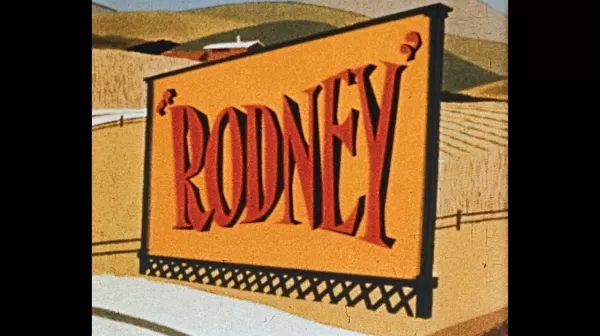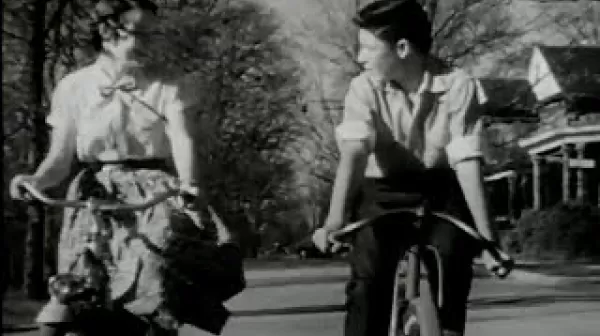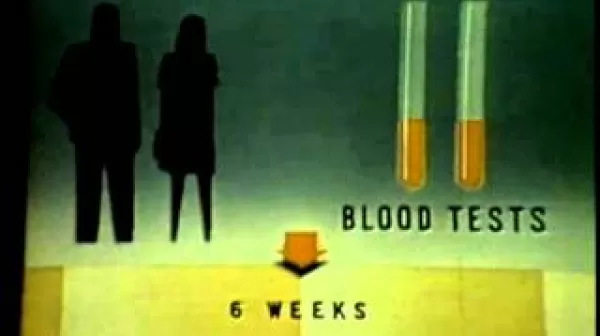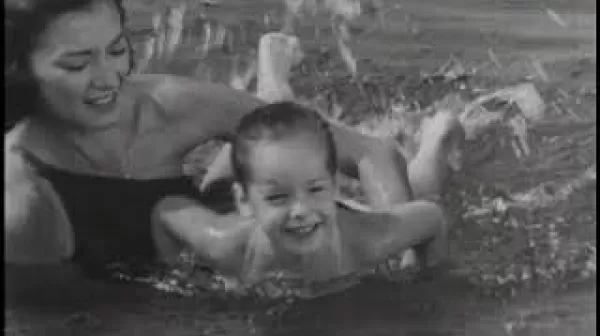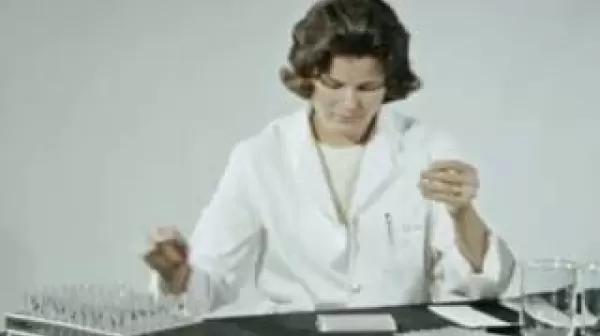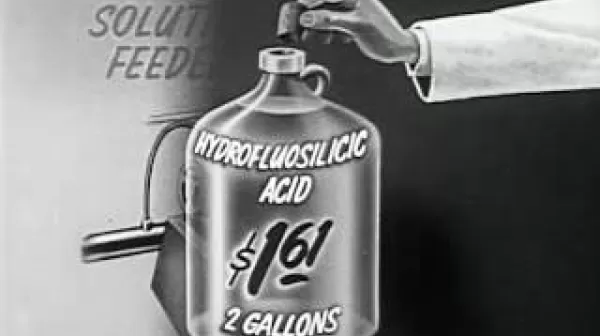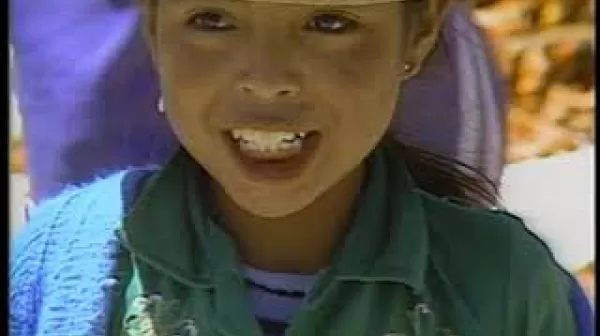Food Preparation (Public Health Service, 1954)
This film showcases the practices of an well-run kitchen led by a head cook the narrator refers to as a "master craftsman." Throughout the film, the cook attends to his daily duties, while the narrator comments on his competence at coordinating, scheduling, cooking, and cleaning, and his overall knowledge of food. The cook prepares food, cleans the kitchen, and expertly manages situations and problems such as spoiled food and unclean storage.

